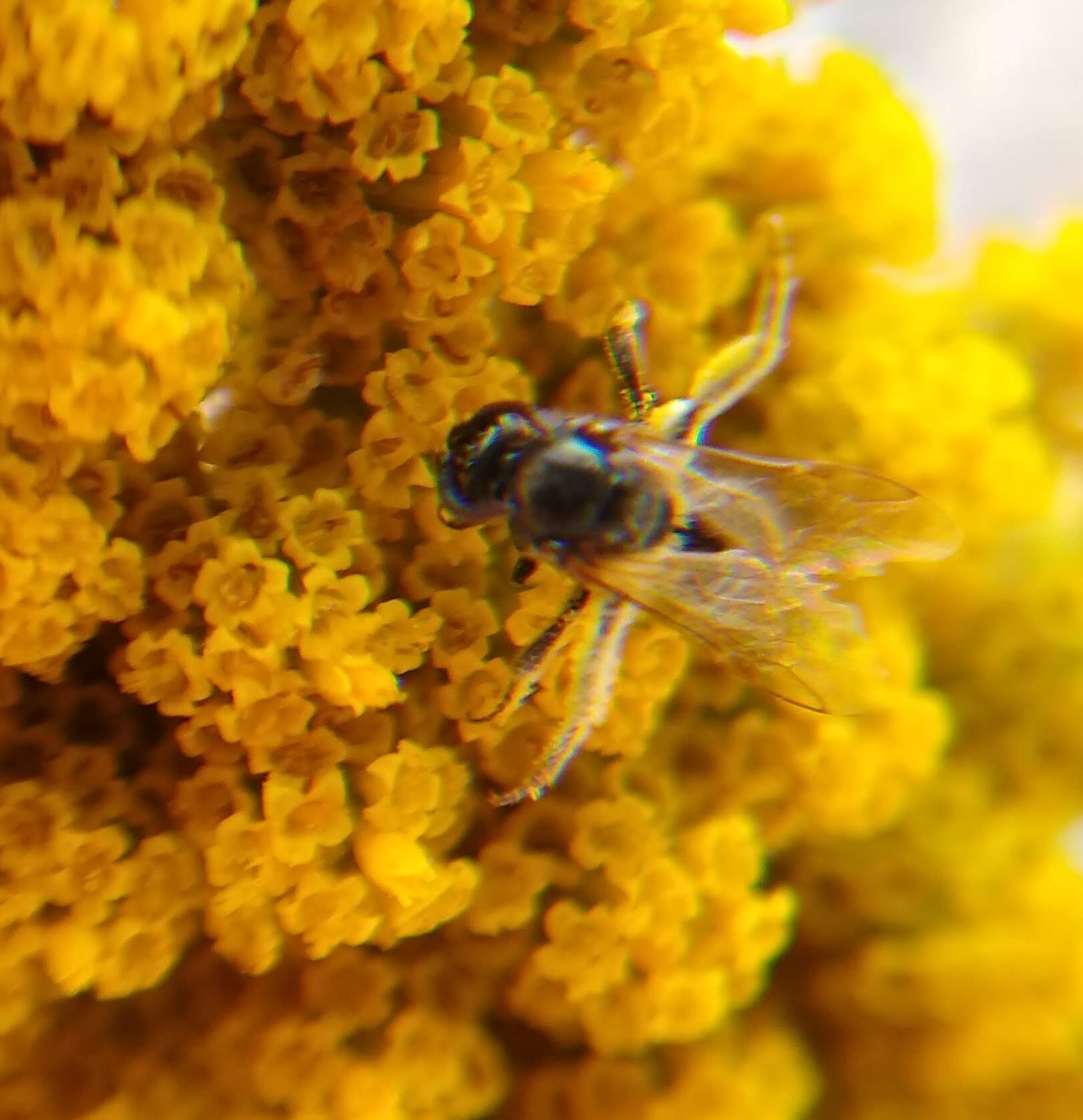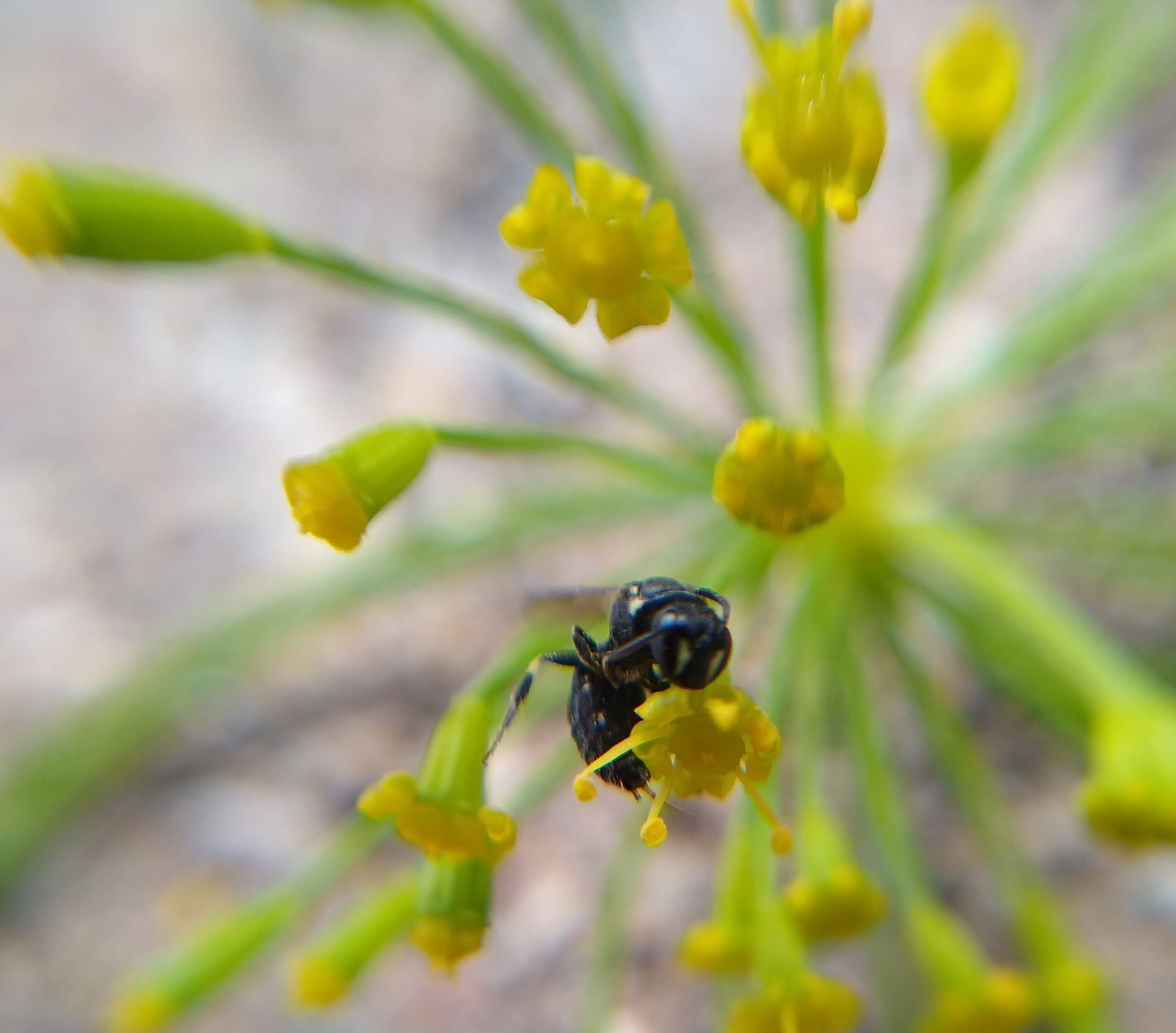The pollinators have not disappeared from your garden
Several issues may explain why you did not notice pollinators this year.

The excitement of seeing pollinators of different shapes, colors and sizes brings appreciation for the role of gardens as pollinator habitat. Increased awareness of pollinators in residential landscapes has motivated gardeners to make their landscapes more hospitable for bees and butterflies. As more individuals recognize the role of pollinators, the Michigan State University Extension consumer horticulture team has been contacted by multiple people observing fewer pollinators in their gardens and expressing concern about declining bee populations. MSU researchers have confirmed that certain bee species in Michigan experienced population reductions in past decades, but others such as Bombus impatiens, the common eastern bumble bee (Photo 1), are widespread and commonly found in home gardens.
What could explain fewer bee observations in your garden?

Observations of less pollinators are not always an indication of larger-scale decline and could result from several factors. First, consider if your garden includes plant species that are indeed suitable for pollinators. Certain ornamental plants such as begonia and petunia have flowers that remain open for much of the season. However, these popular cultivated plants are bred for showiness and have limited nectar that bees use for energy, so you are unlikely to see many bee visitors to these flowers. MSU Extension has compiled an extensive list of trees, shrubs and flowers that attract pollinators in urban landscapes.
Second, the unusually high spring rainfall limited the number of days with bee activity before June. Bees avoid flying during rainfall, and underground nests could have flooded if the soil remained waterlogged after multiple days of heavy rainfall.
Third, if you have not seen large bumble bees, you could be overlooking other smaller wild bee species. Michigan has at least 465 bee species, many of which are 0.5 inch or less in length. Sweat bees visit a variety of flowering plants and are metallic black (Photo 2) or even bright green. Some of the smallest bees in Michigan, yellow-faced bees (Hylaeus; Photo 3), may be mistaken for another insect group. They are fast fliers, lack hairs on their body and often visit flat-topped flowers such as dill.

Finally, smaller bees may only ever fly as far as several hundred feet from their nests. These bees may exist in the surrounding landscape, but your garden may be beyond its foraging distance.
Though disheartening to add plants to the garden and not reap the rewards of spotting pollinators, the absence of pollinators should not be a sign of despair. MSU Extension has detailed recommendations for supporting wild pollinators. Having a cluster of plants with different flower shapes and heights will make your garden a more attractive site to bees. Also, consider pollinator’ nesting needs, such as leaving bare earth patches around the garden as space for ground-nesting bees. When cleaning the garden in the fall, it is best to check the stem openings of woody plants for leaf material or soil matter, which are evidence of overwintering cavity-nesting bees. Leaving these stems alone until spring will avoid disturbing places where bees may spend the winter. If you continue to provide the right conditions for wild pollinators, they may set up nests or visit flowers in your garden next season.



 Print
Print Email
Email




